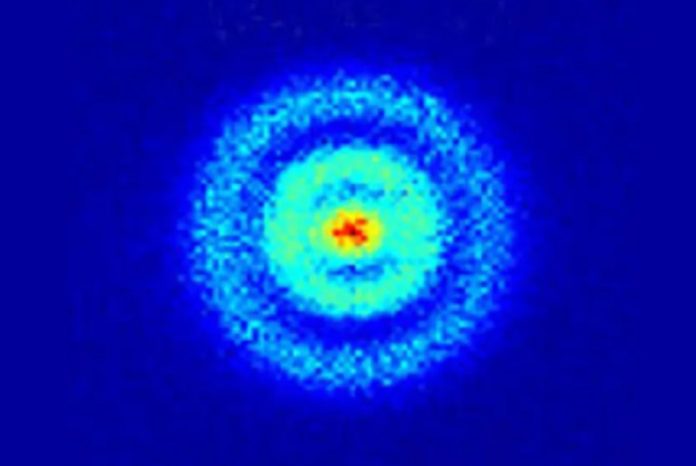A team of scientists from Ohio University, Argonne National Laboratory, the University of Illinois-Chicago, and others, led by Professor Saw Wai Hla, has achieved a significant breakthrough in detecting the X-ray signature of a single atom for the first time. They used a pioneering technique called synchrotron X-ray scanning tunneling microscopy (SX-STM) to identify and analyze individual atoms. This achievement, funded by the U.S. Department of Energy, Office of Basic Energy Sciences, has the potential to revolutionize environmental, medical, and quantum research.
X-rays have been widely used since their discovery in 1895, from medical exams to security screenings and even in analyzing materials on Mars. One important application of X-rays in science is identifying the composition of materials in a sample. Thanks to advancements in synchrotron X-ray sources and instruments, the amount of sample required for X-ray detection has been significantly reduced over the years. However, the detection of a single atom using X-rays has remained a challenge due to the extremely weak signal produced by an individual atom. Conventional X-ray detectors are not sensitive enough to detect such weak signals.
According to Professor Hla, it has long been a dream for scientists to be able to X-ray a single atom, and now his research team has made this dream a reality. The use of synchrotron X-ray scanning tunneling microscopy has enabled them to capture the X-ray signature of a single atom, marking a significant milestone in the field of X-ray detection. This breakthrough opens up new possibilities for scientific research and could have far-reaching implications in various fields.


